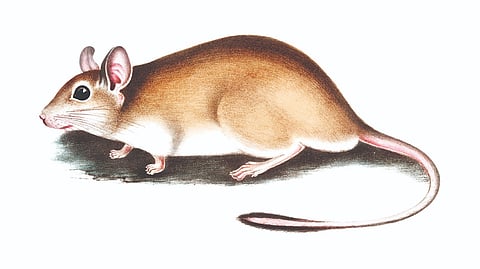

NEW DELHI: The Omicron variant of SARS-CoV-2 virus may have originated from rodents, according to scientists from Christian Medical College, Vellore, and other Indian institutes.
Investigating the means through which the virus underwent so many mutations in the pandemic’s second year, they suggest that reverse zoonosis, circulation in rodent population and subsequent spread as a zoonosis probably led to the evolution and emergence of Omicron variant.
The researchers have proposed their theory in a paper published in the journal Current Science for the likely origin of the Omicron variant. A previous study had suggested that the variant may have been transmitted from an animal species to humans.After putting forth two hypotheses – mutations accumulating in an immune-compromised individual with prolonged infection, or, infection by reverse zoonosis in an animal species, enzootic transmission in that species with adaptive mutations, and eventual transmission as zoonosis, back to humans – the researchers said there were several pieces of evidence in support of the latter.
Research in Finland had found that mice are readily infected by intranasal inoculation and also efficiently transmit the virus to cage mates. They also hinted at the possibility of southern African rodents having been infected by the Beta variant of concern (VOC). Also, reverse zoonosis with SARS-CoV-2 infection had occurred in a hamster colony in the Netherlands, followed by hamster-to-hamster spread and subsequently from them to humans, suggesting it could have happened in the case of Omicron as well.
However, while there was enough evidence for reverse zoonosis and enzootic transmission, the researchers said the question of how rodents could get infected remained unclear. They suggested rodent-human contacts in African low-income households have facilitated virus transmission.
Visit news.dtnext.in to explore our interactive epaper!
Download the DT Next app for more exciting features!
Click here for iOS
Click here for Android